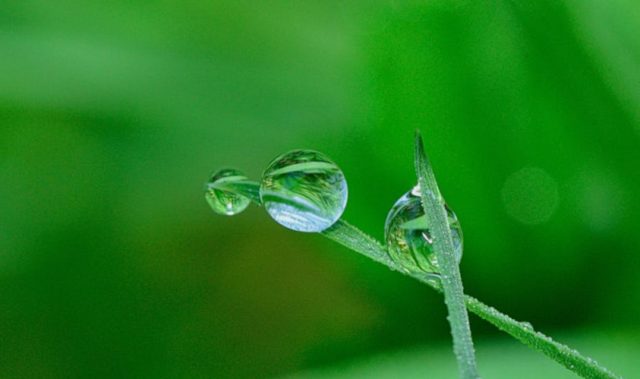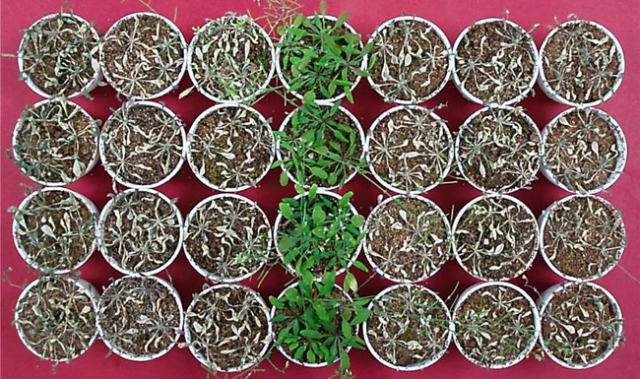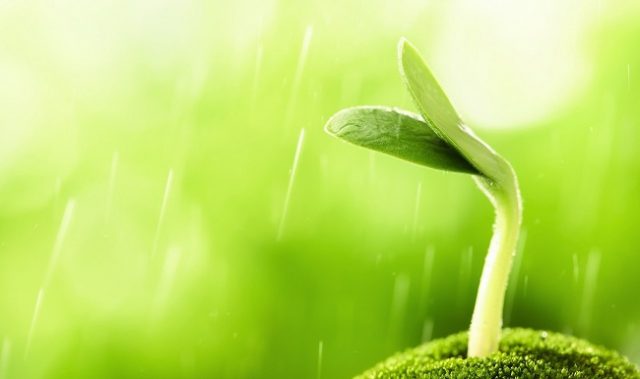
AsianScientist (Jun. 21, 2016) – Researchers at the RIKEN Center for Sustainable Resource Science in Japan have shown that torrefied, or burnt, biomass can improve the quality of poor soil found in arid regions. The study was published in Scientific Reports.
When biomass from agricultural products such as grains decomposes at high temperatures and in the absence of oxygen, the result is a charcoal-rich substance called biochar.
Torrefied biomass, sometimes called bio-coal, is a type of biochar made at relatively lower temperatures. It is receiving increased attention thanks to its potential as a soil enhancer, but not much is yet known on how it affects the physical, chemical, and biological properties of soil.
To characterize the properties of soil treated with biochar, the team incorporated torrefied plant residual biomass from the biodiesel crop Jatropha curcas into aridisol, a type of soil found in arid regions such as Botswana. The researchers then compared several soil properties with samples that had not been treated.
“Jatropha is a potential biomass resource for dryland African landscapes, but the poor climate and soil conditions have limited its production,” explained team leader, Dr. Jun Kikuchi. “Our study shows that treating the poor soil with torrefied biomass improves a variety of factors that ultimately lead to greater plant growth.”
The researchers’ tests showed that water retention increased with the percentage of torrefied biomass; five percent biomass yielded a soil that contained about five percent more water than the control soil.
A good soil also remains structurally sound deeper in the ground, where pressure from above is higher; soil treated with five percent torrefied biomass showed significantly higher levels of compression stress than the control soil. The treated soil also showed significantly shorter relaxation time—the time needed for it to relax back into its normal shape after being compressed.
Levels of potassium, phosphorous and sulfur were higher in the soil treated with torrefied biomass, as was the availability of potassium, sodium and phosphorous—three elements regularly taken up from the soil by plants. The plants also had thicker stems, much longer roots, and were heavier that those grown in the untreated soil.
Conversely, the plants took up less manganese, an element known to inhibit plant growth.
The article can be found at: Ogura et al. (2016) Improvement of Physical, Chemical, and Biological Properties of Aridisol from Botswana by the Incorporation of Torrefied Biomass.
———
Source: RIKEN; Photo: Shutterstock.
Disclaimer: This article does not necessarily reflect the views of AsianScientist or its staff.












